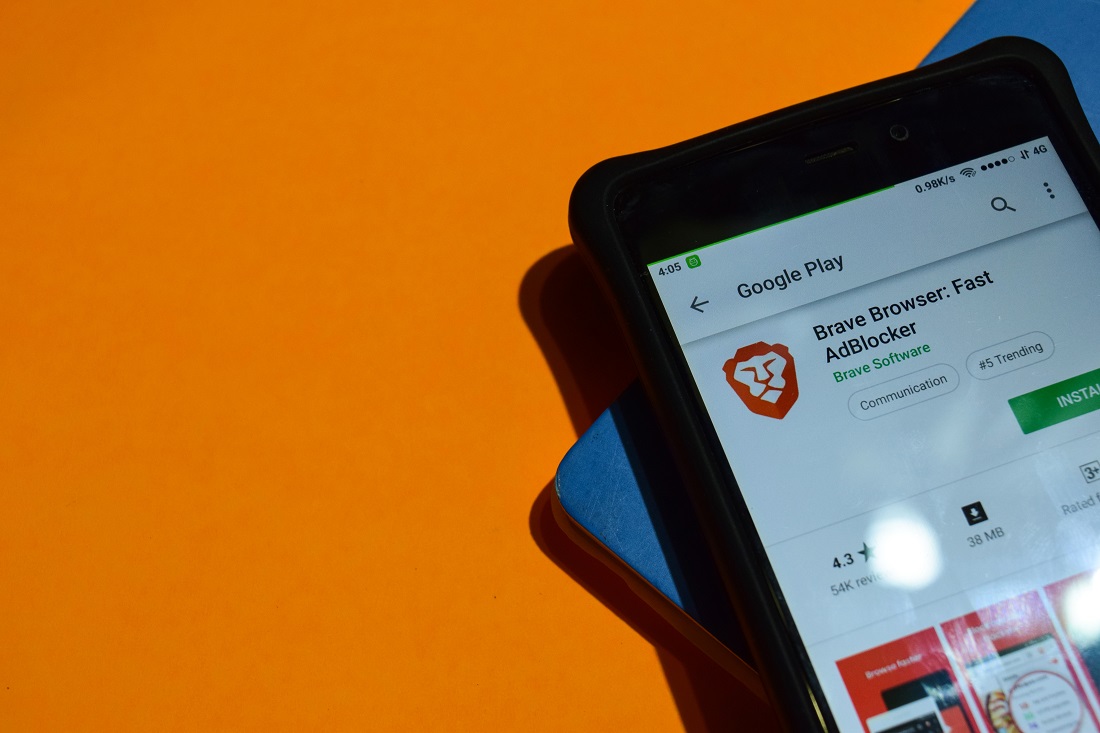In the world of cryptocurrency, there is never a shortage in terms of controversy. While the Brave browser is getting a lot of positive attention right now, there is also an interesting discussion taking place on Twitter. It appears the company will need to rethink how content creators can be rewarded and potentially letting the opt-out in the process.
Brave Browser Controversy Raises Valid Points
The concept of the Brave browser is very interesting, on paper. It not only enhances the overall browsing experience for users, but it also changes the way content creators can monetize their offerings. With a strong focus on transparency, blockchain technology, and cryptocurrency, this project has gotten a lot of positive attention over the past few months.
According to Tom Scott, there are some improvements to be made where the Brave “reward system” is concerned. Although users of the browser have been capable of sending donations to Scott in the process, he never asked for any donations or crowdfunding on any platform. In fact, he claims Brave has been taking donations on his behalf by using his name and photo, even though he never consented to having that information used for this purpose in the slightest.
Although that in itself would raise a lot of questions already, that is not the end of it either. Tom Scott confirms he has asked the Brave team to not accept donations using his name and photo, yet they have seemingly not adhered to that request fully. Although the company is aware of the problem, Brave CEO Brendan Eich doesn’t see a big problem with this model. He acknowledges letting users opt-out would be a good choice, which is a feature that will be implemented at a future stage.
We do not keep it for ourselves; we put it back in the user growth pool that funds user grants & creator referral awards.
Tom has a point, we should let creators say "no thanks" and be auto-excluded. Users may already auto-exclude unverified sites/channels. We will work on this.
— BrendanEich (@BrendanEich) December 21, 2018
This discussion is drawing a fair bit of attention on Twitter, which is only to be expected. Another user claims this “soliciting of crypto tips without permission is akin to donation fraud”. That is a rather strong statement, considering Brave is not doing something illegal. While the current situation is a bit annoying to deal with, the Brave team doesn’t necessarily see it that way. Their terms and servicesares rather clear on that front, and over 30,000 creators are verified and getting paid.
It is evident there will always be some conflicting views on how the Brave team handles these types of situations. Tom Scott sees a bit difference between “setting up a donations page without consent” and “sending users money tipped by others over the internet”. All of the unclaimed funds are redistributed and put into the user growth pool which funds user grants and referral awards. As such, no money is completely “lost”, even though it creates an awkward situation first and foremost.
https://twitter.com/tomscott/status/1076201118030577665
For the time being, it remains to be seen how this will impact the future of the brave browser. When innovative projects are launched, growing pains are to be expected sooner or later. This is clearly an issue that can have major repercussions if not handled well, although it is not something that will cause any lawsuits either. Handling this situation with care is of the utmost importance right now. Solving sensitive issues like these is part of bringing this browser on a mainstream level.
Image(s): Shutterstock.com


2 Comments